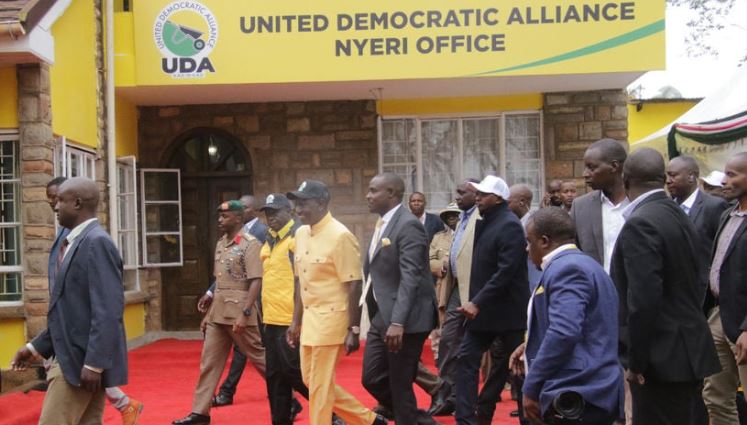
The Proof-of-Work Consensus Mechanism
At the heart of Bitcoin’s decentralized structure lies the Proof-of-Work consensus mechanism.
This ingenious system underpins how transactions are validated and added to the blockchain, ensuring both its transparency and security. When a user initiates a Bitcoin transaction, it doesn’t immediately get added to the blockchain.
Miners—participants with specialized hardware—then pick up these transactions and attempt to solve complex mathematical puzzles to validate them.
These puzzles are intentionally designed to be computationally intensive, ensuring that only those who invest significant computational resources are rewarded.
However, the energy-intensive nature of PoW has been a subject of much debate and criticism. Due to the increasing difficulty of these mathematical puzzles over time, miners require more and more computational power, leading to increased energy consumption.
Detractors argue that this model isn’t sustainable in the long run, especially considering environmental concerns.
While PoW has been instrumental in ensuring the security and decentralization of Bitcoin, it has prompted innovators in the crypto space to consider and develop alternative consensus mechanisms that might be more energy-efficient.
Still, as of now, PoW remains the backbone of Bitcoin’s security model, ensuring that attacks on the network are costly and that honest behavior by miners is the most economically rational course of action.
Miners: The Guardians of the Network
As the Bitcoin ecosystem continues to grow and evolve, the role of miners remains paramount.
These dedicated individuals and, more commonly now, large-scale operations, are the silent protectors, ensuring the integrity and security of the decentralized network.
But who exactly are these miners, and what motivates them to invest vast amounts of resources and energy into maintaining the network?
At a fundamental level, miners are participants in the Bitcoin network who employ sophisticated computer systems to validate and record transactions onto the blockchain. But their contribution is far from a charitable act; it is driven by economic incentives.
For every block they validate and add to the blockchain, miners are rewarded with newly minted Bitcoin.
The brilliance of the Bitcoin design is such that it aligns the miners’ interests with the overall health and security of the network.
It ensures that acting in a malicious manner, such as trying to double-spend or manipulate the transaction history, is not only exceptionally difficult but also economically irrational.
In essence, launching an attack on the network, like a 51% attack where a miner or mining pool controls more than half of the total network’s mining power, would be so costly and potentially damaging to Bitcoin’s value that the economic returns from honest mining are far more attractive.
Moreover, as the guardians of the network, miners have a vested interest in its success.
Their potential rewards are directly linked to the perceived value and trustworthiness of Bitcoin. If they were to act against the network’s interest, the value of their rewards would plummet, rendering their vast investments in mining infrastructure worthless.
The Halving: Controlling Inflation and Ensuring Longevity
Amid the myriad of innovative concepts that have defined Bitcoin’s ascendancy in the realm of digital currencies, one event stands out both for its regularity and its profound impact on the system’s economics: the halving.
This predetermined event, occurring roughly every four years, embodies Bitcoin’s stance against the perennial monetary issue of inflation, while also ensuring its sustainability and allure in the long run.
So, what exactly is the halving?
In essence, every time 210,000 blocks are added to the Bitcoin blockchain, the reward given to miners for validating and recording transactions is slashed by half.
Starting at 50 Bitcoins per block when the cryptocurrency was first introduced in 2009, this reward has undergone successive halvings, thereby reducing the influx of new Bitcoins into the market.
This intentional design is a masterstroke in controlling inflation.
Traditional currencies, governed by central banks, often suffer from inflation as more of the currency gets printed, diluting its value over time. Bitcoin’s halving counters this by ensuring that there will only ever be 21 million Bitcoins in existence.
But beyond just controlling inflation, the halving has another profound impact: it heightens the scarcity of Bitcoin, thereby potentially driving up its value. As the reward for mining reduces, the economic incentives for miners shift.
While they receive fewer Bitcoins for their efforts, the increasing rarity and anticipated demand for the currency in the face of reduced supply can push its price upwards.
Conclusion
Bitcoin’s intricate design, marrying economic incentives with network security, showcases its visionary approach.
As the crypto landscape evolves, understanding these foundational principles becomes paramount to appreciating Bitcoin’s lasting impact and potential future in the digital financial realm.








